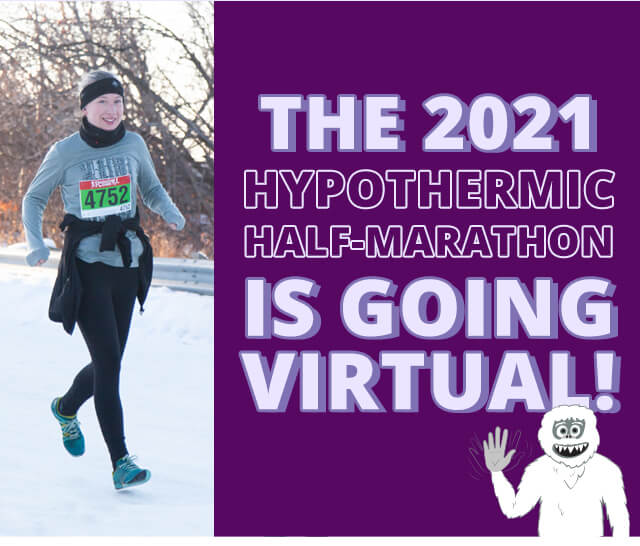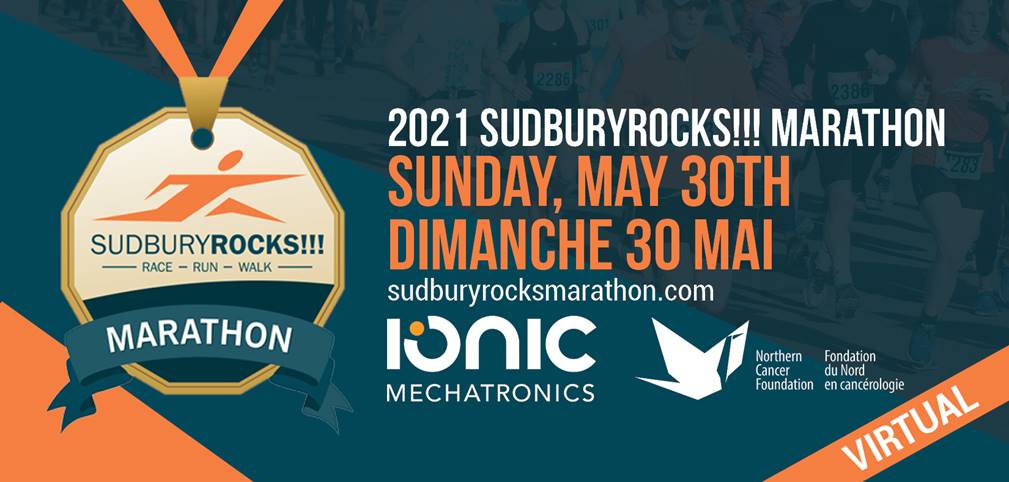As
much as naysayers like to tout the “running’s
bad for your knees” theory, the fact is it’s
just not true. Numerous studies have proven it—one
even followed runners and non-runners for 20 years—and
some long-term research even suggests running can help
lower your risk of developing osteoarthritis.
But that doesn’t mean
runners don’t still suffer from knee problems, which
actually account for 28 percent of injuries in runners,
according to the Journal of Sports Science and Medicine.
And sometimes that twinge in your knee (or just good ol’
aging) leads you to search for a softer running surface.
When looking at outdoor surfaces—asphalt,
concrete, dirt, grass—there isn’t solid evidence
stating one is better than the other for preventing injuries
or reducing impact. One small study found that our bodies
are actually really good at adapting to various levels
of softness, instinctively adjusting leg stiffness in
response to changes in surface elasticity.
Depending on the surface
you’re on, you could also be trading softness for
other risk factors. Take dirt, for example. The surface
is softer, but you often have uneven ground, potholes,
and roots to contend with—all of which could increase
your risk of injury.
Treadmills, on the other
hand, offer a middle-of-the-road solution. They are soft,
flat, even, and provide a controlled training environment,
says Ziad Dahdul, DPT, OCS, owner of Ignite Phyzio &
Sports Performance.
“If you’re running
on the track or on the same sidewalk every day, you’re
getting some level of consistency. But there can still
be changes on a day-to-day basis because of weather,”
Dahdul adds. “With a personal treadmill, though,
you’re getting a consistent environment that can
go a long way with somebody who’s had knee problems.”
Of course, as any runner
will tell you, not all treadmills are created equal. So
if you’re in the market for a new machine—as
are a lot of people, thanks to the coronavirus pandemic—here
are some of the top features to look for when shopping.
Slatted
Belt
When choosing between a traditional belt or a slatted
one, runners with knee problems should opt for slatted,
Dahdul says. One of the main reasons: Many runner’s
knee issues occur due to a lack of surrounding muscle
recruitment and subsequent muscle weakness (think: tight
hips and inactive glutes).
But rubber slats have fewer
springs underneath. This provides a little less give and
naturally forces you to recruit more of your posterior
chain and lower body muscles, Dahdul says. The extra recruitment
can help improve your form, encourage a softer landing,
and place less stress on the joints.
“Anytime you have more
muscular support of your lower body when you’re
running, there’s less strain that’s going
to be placed on the joints themselves,” Dahdul says.
Having fewer springs underneath
also provides a more realistic ground feel and a smooth,
rolling surface underfoot that so many runners love. It’s
one of those things that, if you like how the treadmill
feels, you’re more likely to use it.
Plus, rubber slat belts,
like the ones on the Technogym Skillrun, are also designed
to absorb shock better than traditional treads. That lack
of “pounding” you feel with each stride means
there’s likely more impact being absorbed by the
machine and less by your body.
Curved,
Non-Motorized Belts
Another belt consideration: curved, non-motorized options,
like the Woodway Curve FTG. Although typically pricier
than more traditional treads, if it’s in your price
range, Dahdul says it could be worth the expense for someone
coming back from or consistently battling knee injuries.
The main reason lies in the
fact that the machine is powered by you, so it better
mimics outdoor running because there’s no motor
to propel you forward. “That increases the engagement
of your posterior chain quite a bit, so you’re seeing
a lot more recruitment of the glutes, hamstrings, and
calves than you would likely see on a traditional treadmill,”
Dahdul says.
The curved design with an
incline at the front of the belt can also help someone
who’s early on in their post-injury rehabilitation,
Dahdul says. “It’s really nice for walking
mechanics, and restoring more of a natural gait pattern,”
he explains. It almost forces more of a heel strike when
walking, he continues, allowing you to work on your terminal
knee extension and get more natural heel-to-toe mechanics
restored as you stride.
This style of treadmill typically
comes with a slatted belt, so you also benefit from the
reduced impact. “I think it’s the best of
both worlds for someone who really wants to be prepared
for outdoor running, while still getting the convenience
of training in your own home,” Dahdul says.
Customizable
Cushion
Treadmill decks can range from really bouncy to pretty
darn firm; the more cushioned ones are designed to help
soften your stride and withstand the impact of you, well,
running.
While many decks’ cushioning
levels are set in stone, some, like the NordicTrack Commercial
1750, allow you to customize.
“The ability to change
the cushioning allows you to individualize that treadmill
to yourself a little better,” Dahdul says. “It’s
not necessarily a case of changing it on a day-to-day
or week-to-week basis, but rather figuring out what works
best for the individual runner from the start.”
But just like with running
shoes, there isn’t a one size fits all amount of
cushioning, says Jordan Metzl, M.D., sports medicine physician
at Hospital for Special Surgery. Instead, it’s more
about paying attention to how the different levels make
you feel. Are you able to keep going an extra few minutes,
for example, or bump up the speed dial by a couple of
increments?
Pay attention to your post-run levels of soreness, too,
as Dahdul says the next 24 to 36 hours are vital for determining
whether you responded well to the stimulus applied to
your body. If you feel similar levels of soreness to when
you run outside on a less forgiving surface, then he says
you may want to adjust the cushioning, going a bit softer,
and seeing how you respond afterward.
“If you can find a level of cushioning that allows
you to recover from your runs really well, and feels good
so you get a little more longevity out of your training
session, that’s the ultimate benefit of being able
to customize the cushion.”
Easy-Use
Features
We all know it’s no good to break form when running,
like when jabbing a tough-to-adjust treadmill button.
“It really just breaks your flow and stride,”
Metzl says. “I’ve seen injuries over the years
from people falling off treadmills and abrupt stops causing
muscle strains.”
It’s one reason why
so many companies are tricking out their treadmills with
easy-access features, like the rolling side-rail speed
and incline dials on Peloton’s Tread and Tread+,
or the iFit technology (compatible with ProForm, NordicTrack,
and Freemotion treads) that automatically adjusts incline
and speed according to virtual terrain for instructor
training.
Sure, there may not be an
abundance of scientific evidence connecting easy-use treadmill
features to reduced impact on your knees, but the indirect
correlation may be there. “I think people need to
be comfortable saying we don’t know all the answers,
so I’m going to try some stuff out,” Metzl
says. “Let’s experiment and see what feels
good to me.”
How to Lessen the Impact
It’s not just about the equipment—here are
three adjustments you can make to potentially help put
some ease on your knees.
Take
quicker steps.
A review of studies found that, by increasing cadence,
runners experienced a lower amount of ground reaction
force and energy absorbed at the knee. Experts have found
a 10 percent increase to be the sweet spot, as a shorter,
faster gait shift’s the force of impact from your
knees to your lower legs, Dahdul says.
The even-better news: Research
shows treadmill runners typically have a higher stride
rate when compared to outdoor running, so you’re
already at a solid starting point. But to increase your
cadence, you need to know your baseline. Most watches
track cadence these days, so look into your metrics. If
you don’t have a watch, set a timer and count how
many times your left foot strikes the ground in a 30-second
time span. Multiply that by two (to factor in both feet),
then double that number for a full minute. That’s
your strides-per-minute baseline.
From there, calculate a 10
percent increase. Focus on hitting that cadence during
your run. Metzl likes to use a metronome app that dings
every time your foot is supposed to contact the ground.
You could also browse Spotify running playlists featuring
the same beats per minute, making sure to stride with
the beat of the music.
Stop
overstriding.
Speaking of increased cadence, research shows it also
reduces the amount of load applied to your hip and knee
joints, including lowering your peak braking force—the
maximum amount of horizontal force that occurs when your
foot hits the ground—by 15 percent.
This is important because
after analyzing 65 runners through a 15-week half-marathon
training program, researchers found that runners with
the highest values of peak braking force were nearly eight
times more likely to fall victim to a running-related
injury.
Those same researchers then
had 12 runners with high peak braking force values go
through a gait-training program focused on shortening
stride length—a.k.a. no more overstriding—and
increasing the number of steps taken. By the end of eight
sessions, the runners had decreased their peak braking
force by an average of 15 percent, increased step frequency
by 7 percent, and decreased stride length by 6 percent.
All of which can be a winning formula for lower risk of
knee injuries.
Add
some incline.
One of the benefits of treadmill running is the ability
to adjust incline as needed. Cranking your machine up
can help ease discomfort in your knees, as Metzl says
it shortens your stride and reduces how hard you hit the
ground. “I use uphill running for my patients with
arthritic knees, those returning from injury, and for
those trying to regain fitness and strength,” he
explains.
Dahdul agrees, noting an
incline puts you in a forward trunk lean, increasing the
reliance on your posterior chain. Increasing the load
there decreases the force taken by the knees, and makes
the movement less quad dominant, he says.
For anyone just getting started,
Metzl says it’s best to set the treadmill at a 1.5
or 2.0 percent incline, then go up from there. “Increase
the grade by 0.5 percent each time, until you feel you’re
simultaneously working while comfortable,” he suggests.
Most runners, he notes, typically find their sweet spot
somewhere between 3 and 4 percent.
SAMANTHA LEFAVE Freelance
Writer
SAMANTHA LEFAVE IS AN EXPERIENCED WRITER AND EDITOR COVERING
FITNESS, HEALTH, AND TRAVEL.
|








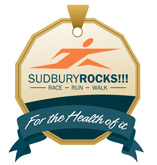

219.jpg)


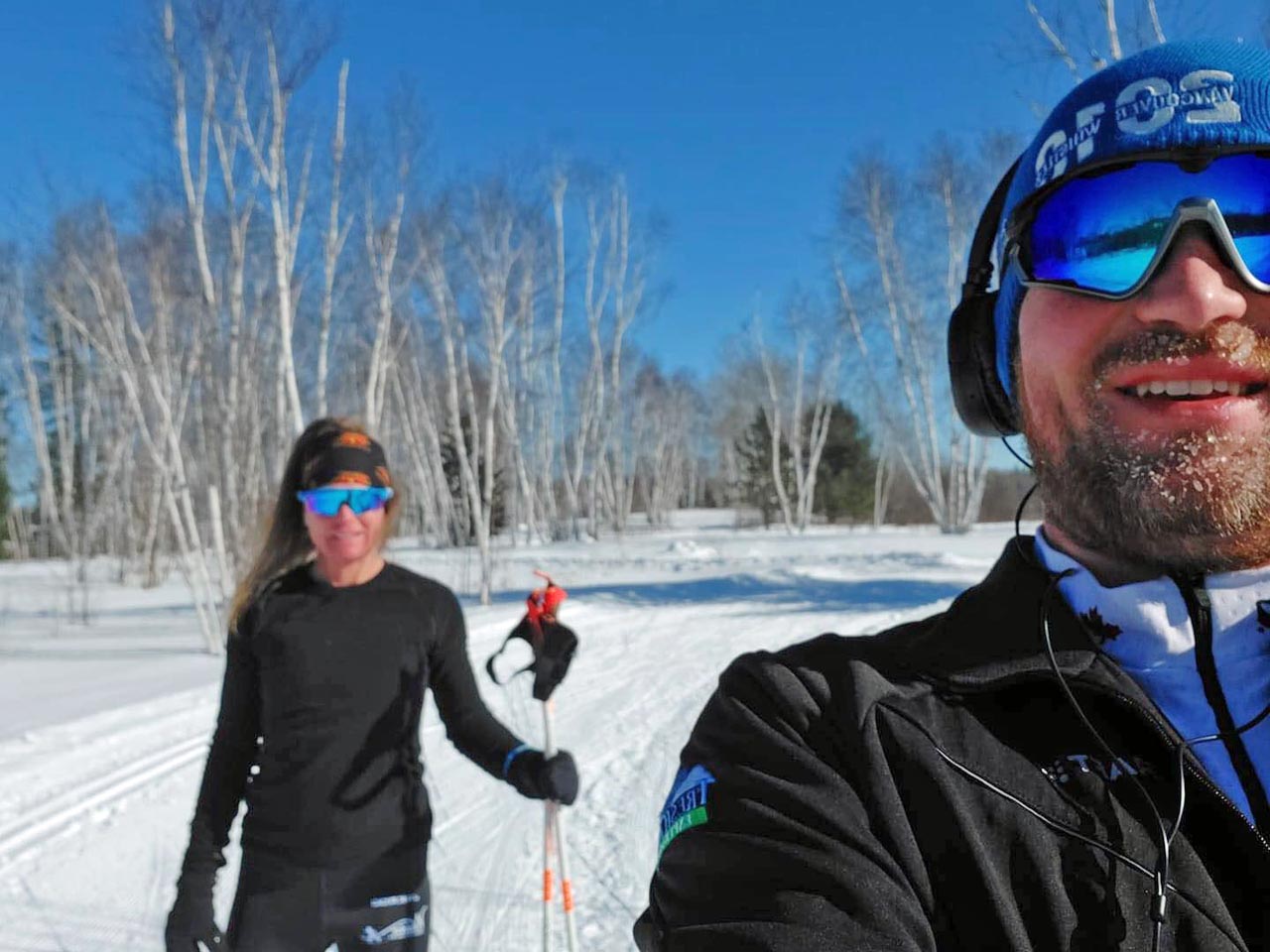
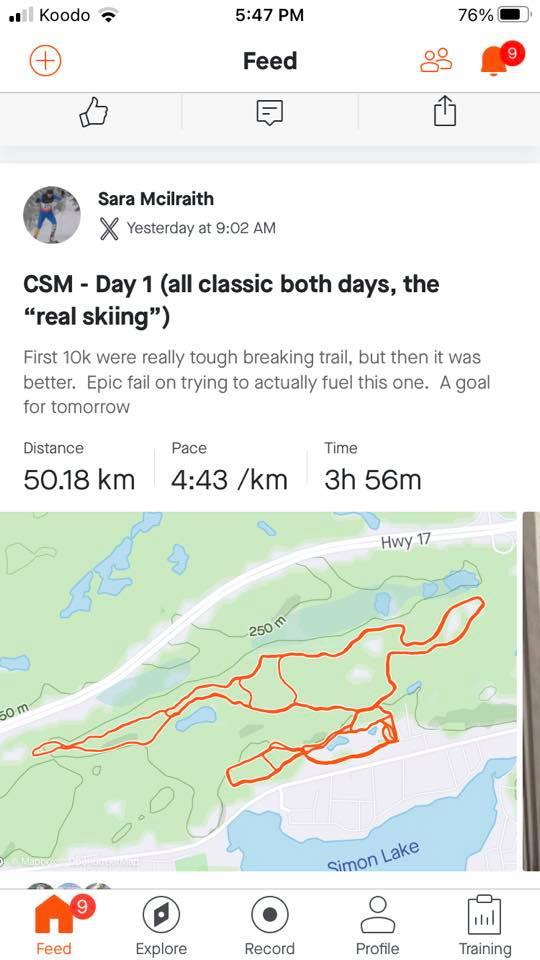
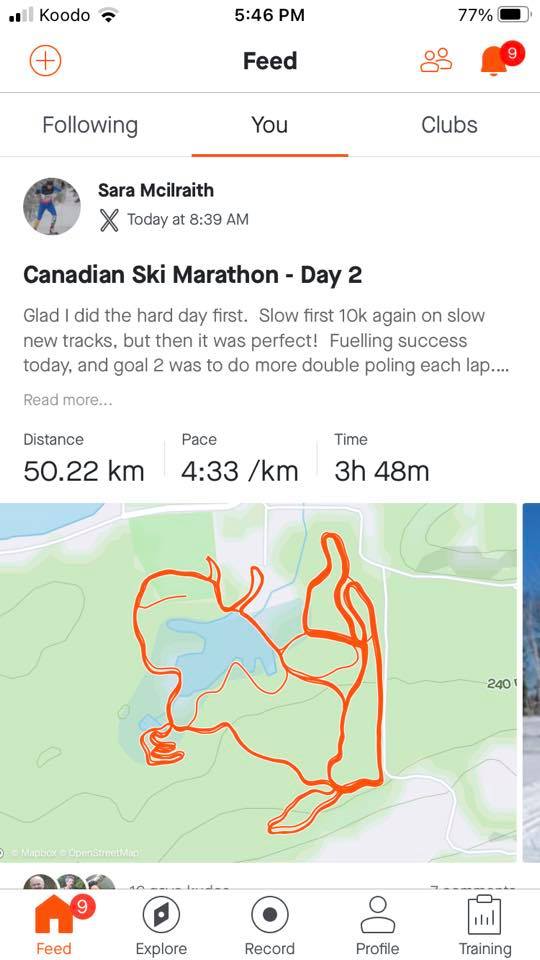
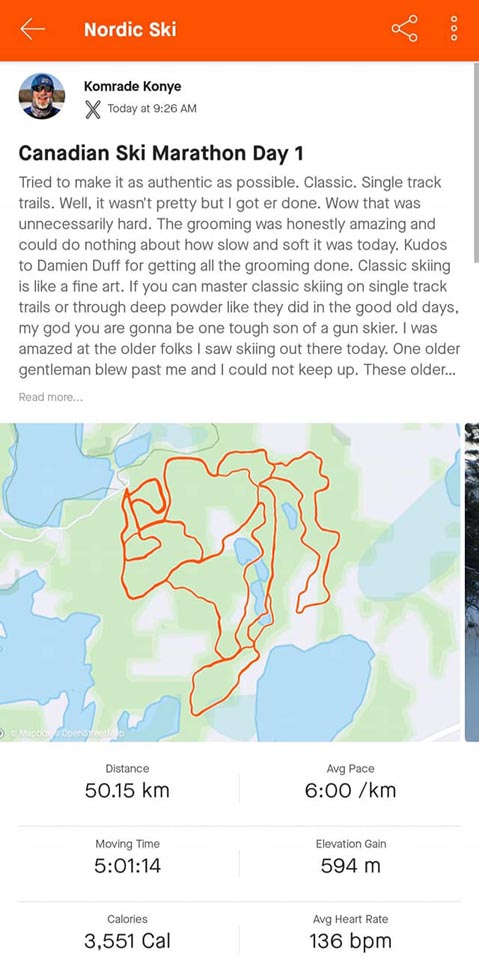
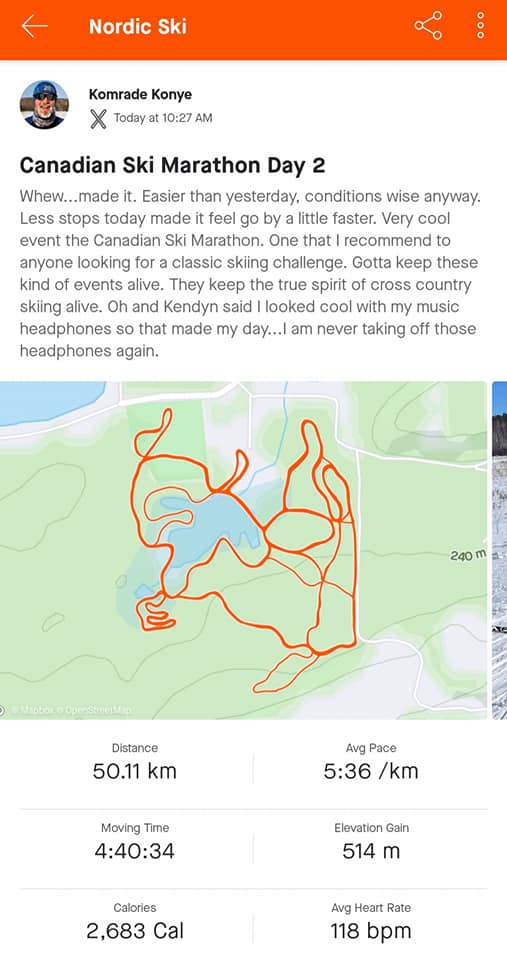
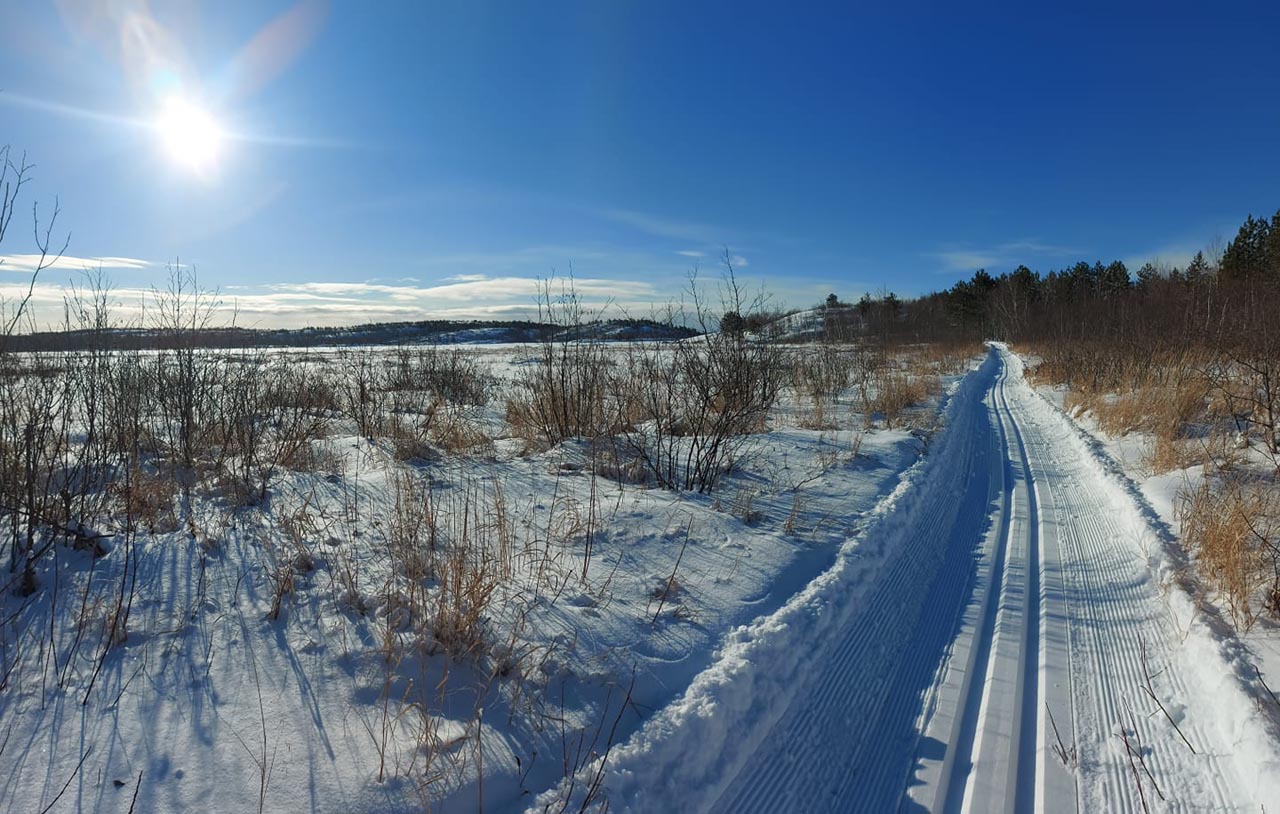
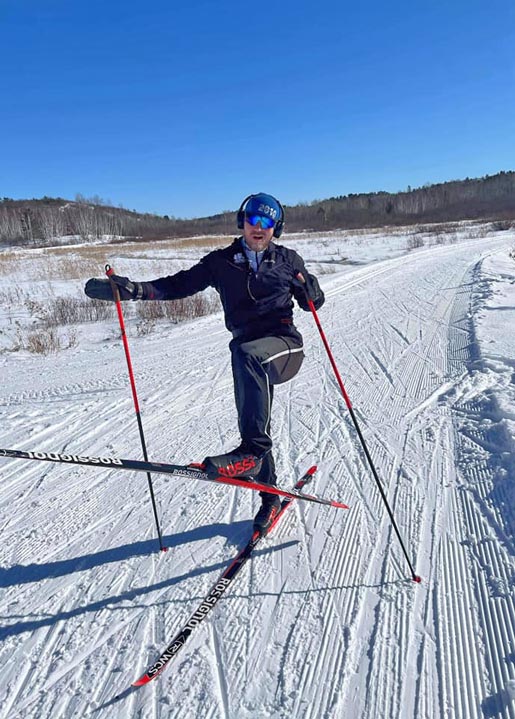
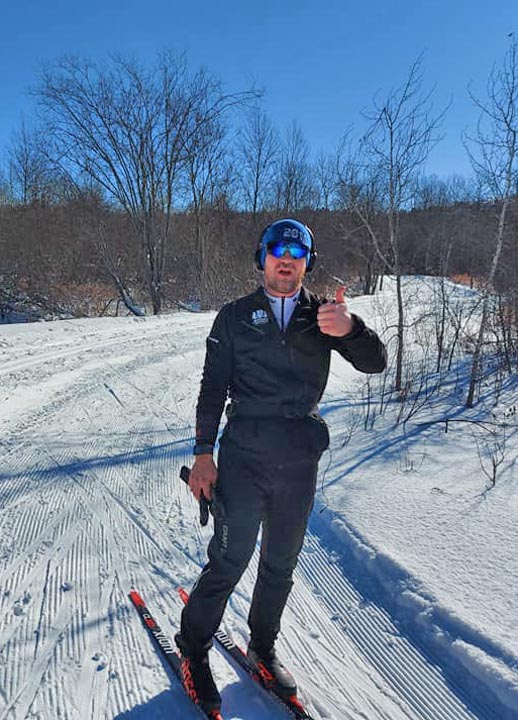
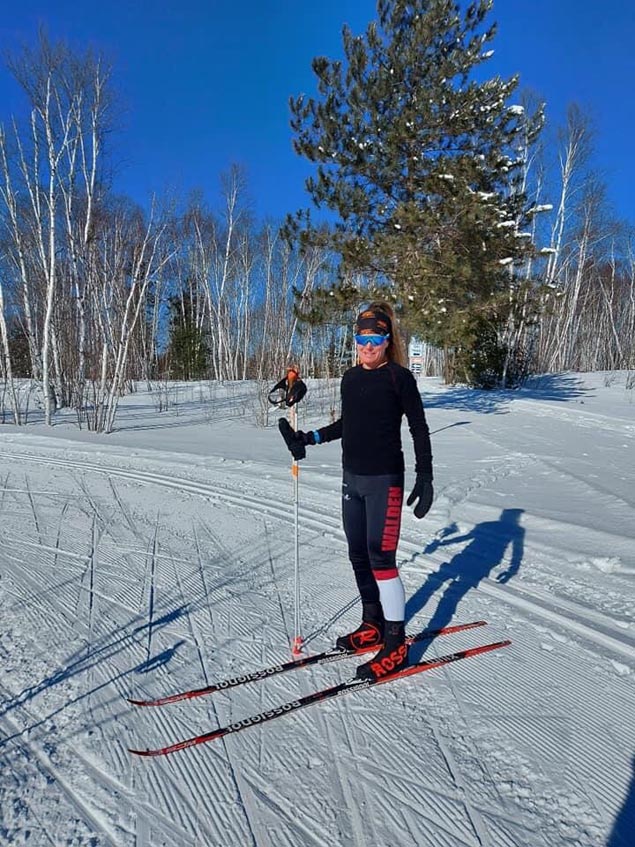
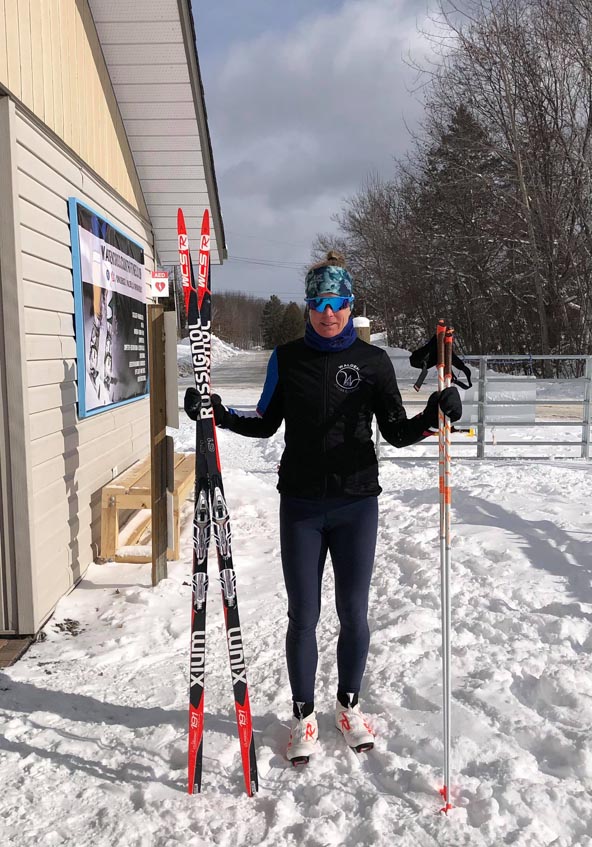
 F
F































